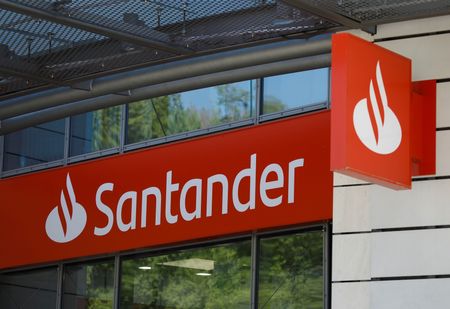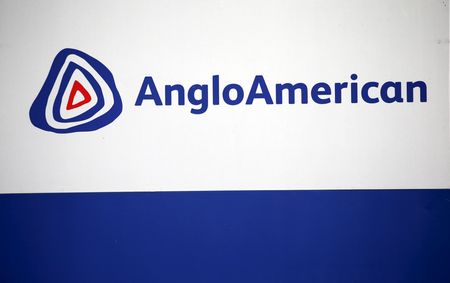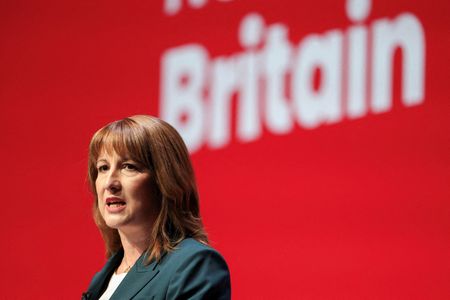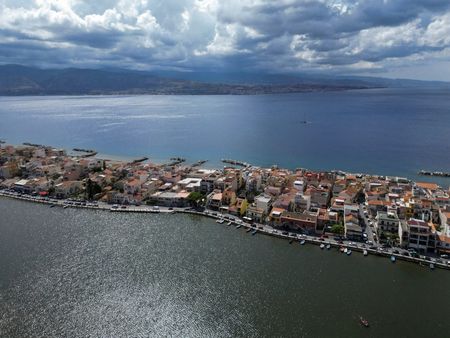By Jesús Aguado
MADRID (Reuters) -Santander expects to meet its higher profit goals in 2025 after third quarter net profit beat forecasts thanks to lending growth in the U.S. and efficiency gains that offset weakness in Brazil.
Santander’s Executive Chair Ana Botin has said the bank’s geographical spread – it operates in ten core markets – helps act as a stabiliser in an uncertain global environment.
Underlying net profit in the U.S., its fifth-largest market, rose 64% supported by higher lending income thanks to lower funding costs from its digital lender Openbank and higher fees from its corporate and investment banking business.
However, currency depreciation in its South American markets this quarter, including the real in Brazil, drove net profit down 5.9% in its second-biggest market after Spain.
Net profit in Argentina fell 26% as the peso remains one of the biggest risk factors in the country.
NET PROFIT IN SPAIN FALLS, UK RESULTS NOT RELEASED
Underlying net profit fell 10% in Spain due to a drop of 125 million euros in gains on financial transactions though lending income rose 1.7%.
For 2025, Santander’s Chief Financial Officer Jose Garcia Cantera said it expected net interest income, a measure of earnings on loans minus deposit costs, to remain almost unchanged or to be slightly down in Spain. Previously a decline of between 4% to 6% was predicted.
In the UK – its fourth-biggest market – net profit rose 15% helped by lower provisions though it did not publish full UK results as it seeks clarity on the UK financial regulator’s proposals for compensation relating to a motor finance mis-selling scandal.
Overall, a rise of 4% in fees and 1% in revenues helped Santander to remain on track to meet its full-year return-on-tangible-equity ratio (ROTE) profitability ratio target of 16.5%. It said it was also on track to meet its full-year revenue target of around 62 billion euros.
Shares in Santander rose 3.4% as of 1028 GMT, with the bank’s shares having risen over 90% so far this year.
Barclays welcomed an “overall good set of results” while Jefferies said that most dynamics progressed well.
The bank’s efficiency ratio improved to 41.1% in the quarter from 41.2% at end of the second quarter driven by the bank’s transformation towards a more digital and integrated model.
Net interest income, a measure of earnings on loans minus deposit costs, fell 1% year-on-year on an underlying basis in the quarter to 11.1 billion euros, slightly below the 11.2 billion euros expected by analysts.
The core tier-1 capital ratio rose 10 basis points from the previous quarter to 13.1% by end-September.
(Reporting by Jesús Aguado; additional reporting by Emma Pinedo; Editing by Tomasz Janowski, Elaine Hardcastle)










